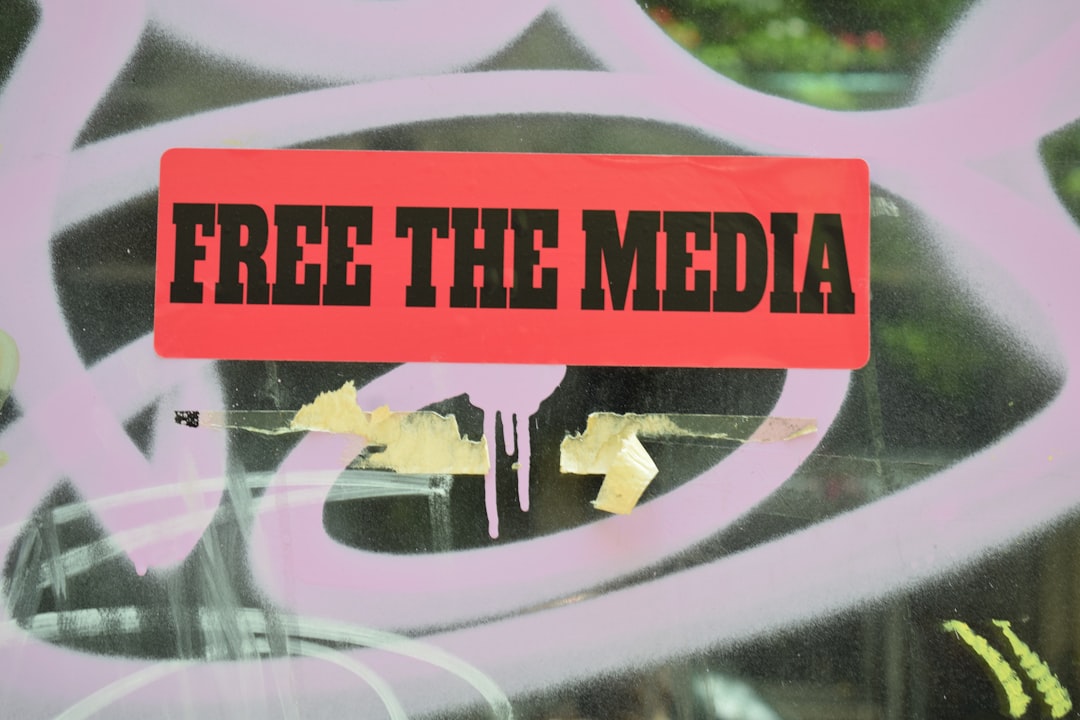Influencer marketing, like all forms of marketing, is susceptible to unexpected crises—whether due to an influencer’s actions, misaligned content, or broader controversies. Handling these situations with tact and strategic foresight is crucial to protecting your brand’s reputation. This post outlines key steps in crisis management within influencer marketing, offering guidance on mitigating negative impacts effectively.
Step 1: Establish a Crisis Management Plan
Preparation is key in crisis management. Develop a comprehensive plan that includes:
- Clear Communication Channels: Ensure that you can quickly contact your influencer and vice versa. Fast, direct communication is essential in a crisis.
- Defined Roles and Responsibilities: Determine who in your team will take lead in different aspects of the crisis, from public relations to legal.
- Response Strategies: Have templated responses ready for different types of crises. Customise these as needed to address specific situations authentically.
Step 2: Monitor and Assess the Situation
Continuous monitoring of social media and other platforms is essential to early detection of potential issues. Use social listening tools to track what’s being said about your brand and influencer partnerships. Quickly assessing the situation helps determine its scale and the level of response required.
Step 3: Pause and Evaluate
If a crisis arises, a knee-jerk reaction can often exacerbate the situation. Instead, take a moment to pause and evaluate. Consult with your crisis management team and consider the following:
- The nature and severity of the crisis
- The potential impact on your brand and audience
- The best course of action for both short-term mitigation and long-term strategy
Step 4: Communicate Effectively
Transparent and timely communication is crucial during a crisis. Depending on the issue, this might involve:
- Public Statements: If the crisis is significant, a public statement might be necessary. This should be carefully crafted to address the issue without inflaming the situation further.
- Social Media Responses: Engage politely and professionally with users on social media who comment on the crisis.
- Internal Communication: Keep your team informed about the situation and how it’s being handled.
Step 5: Collaborate with the Influencer
Work closely with the influencer to manage the crisis. They should be part of the solution, especially if the issue directly involves their actions or content. Discuss the best approach for them to take, be it a public apology, a clarifying statement, or other actions.
Step 6: Review and Learn
After managing the immediate fallout, conduct a thorough review of how the crisis was handled:
- What worked and what didn’t?
- How quickly and effectively was the crisis identified and addressed?
- What can be learned from this situation to prevent future issues?
This review should involve all stakeholders, including the influencer, to build stronger strategies for future crisis prevention and management.
Conclusion
Crisis management in influencer marketing requires preparation, rapid and thoughtful response, and ongoing evaluation. By establishing a robust crisis management plan, maintaining open lines of communication, and learning from each incident, brands can navigate these challenges effectively and minimise their impact.
Discover Our Latest Insights


South Korea’s New Rule: Mandatory Labels for AI-Generated Advertisements

Rage Bait: The Unwanted Word of the Year That Reflects Our Digital Reality
Ready to reach new heights?
For every 1$ you spend on influencer marketing, your brand earns $5.20 in ROI.
Kickstart your influencer marketing-led social-first advertising strategy.
